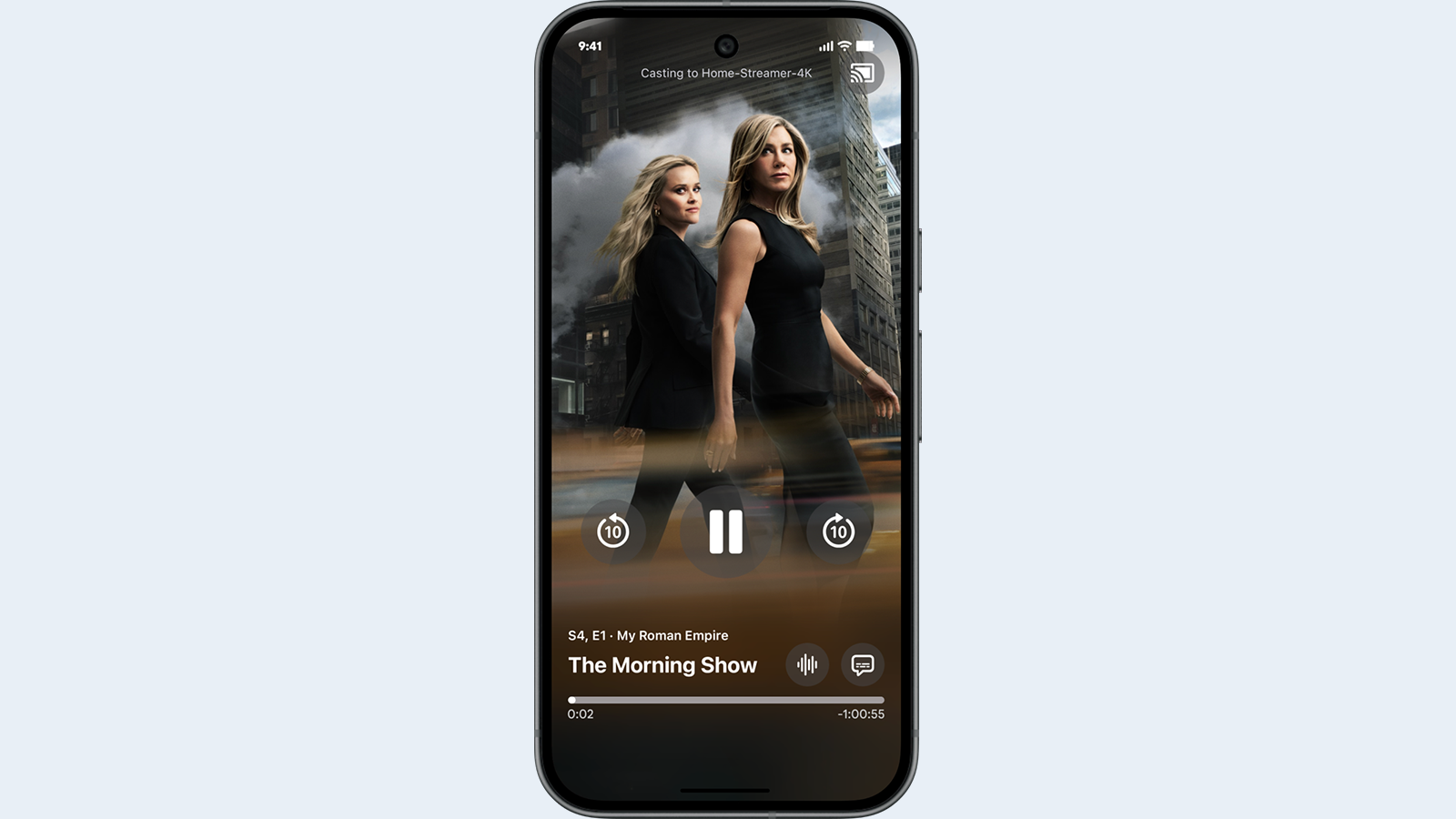How Will the FCC’s Busy Fall Agenda Impact Broadcasters?
Regulator to take action on broadcast ownership caps, ATSC 1.0 sunset

In less than two weeks during late September and early October, the Federal Communications Commission acted on two proposed rulemakings that could have an enormous impact on the future of broadcast television and radio in the United States for decades to come.
On Sept. 30, the commission voted unanimously to seek public comment on whether to retain, modify or eliminate several long-standing broadcast ownership regulations in light of the dramatic shifts in the modern media landscape. The notice of proposed rulemaking (NPRM) will look at local television and radio rules that limit the number of stations a single entity can own in a specific market, as well as the dual-network rule that prohibits a merger between any of the top four national broadcast TV networks (ABC, CBS, Fox and NBC).
TV broadcast ownership rules currently restrict one station group from owning TV stations that reach more than 39% of U.S. TV households (the so-called “UHF discount” and duopoly rules allow for higher thresholds).
Free Live Sports and Trusted Journalism
For years, these restrictions have been under fire from broadcasters, who claim they prevent them from effectively competing with high-tech companies, particularly those that have launched streaming services now bidding for lucrative professional sports rights. In addition, groups like the National Association of Broadcasters have said outdated ownership rules threaten the integrity of local journalism.
A major catalyst for the review’s current direction was a July decision by the 8th U.S. Circuit Court of Appeals. In that ruling, the court vacated the FCC’s “Top-Four Prohibition,” which had barred a single company from owning two of the top four television stations in the same market. Crucially, the court also asserted that the statutory mandate for the quadrennial review is inherently deregulatory in nature, a legal interpretation that will heavily influence the current proceeding.
The NPRM approved does not propose specific rule changes, but instead poses a broad range of questions to the public and industry stakeholders. The commission is seeking extensive input on how the proliferation of streaming services, online video platforms and other digital media should affect its analysis of competition, localism and viewpoint diversity—the traditional pillars of its ownership regulations.
“We intend to take a fresh approach to competition by examining the broader media marketplace, rather than treating broadcast radio and television as isolated markets,” FCC Chair Brendan Carr said. “Our primary goal is to promote investment in local broadcasters who provide trusted news and information vital to the communities they serve. We will also consider whether public safety, national security and other public interest goals should be part of this review process. If we determine that any rule no longer serves the public interest, we will fulfill our statutory duty to modify or eliminate those rules.”
The professional video industry's #1 source for news, trends and product and tech information. Sign up below.
FCC Commissioner Anna Gomez acknowledged the challenges currently facing the broadcast industry but criticized the motives behind the industry’s calls for changes.
“The commission requires locally licensed broadcasters to serve their communities of license in the public interest,” said Gomez, the only FCC Democrat. “The key principles underlying this statement remain localism, viewpoint diversity and competition. Financial gains for corporate giants is not a basis to abandon our and broadcasters’ obligations to serve the public interest.”
Is This the End for ATSC 1.0?
One week later, the commission announced it would vote on a NPRM to consider sunsetting the ATSC 1.0 broadcast standard by 2030, based on a proposal made by the NAB earlier this year. The proposal would allow TV stations in the top 55 DMAs to terminate ATSC 1.0 by February 2028, with the entire industry transitioning two years later.
Even though its draft of the NPRM, released in advance of the Oct. 28 monthly meeting, raises more questions than answers about how the agency might act on key issues related to NextGen TV, it does provide some hints on how Carr is thinking about the subject.
The draft noted that the FCC has “tentatively” concluded that stations should be allowed to choose when to stop broadcasting via the ATSC 1.0 standard and begin broadcasting exclusively in 3.0. It also has “tentatively” concluded stations should be allowed to broadcast in both 1.0 and 3.0, as many are today, but with fewer restrictions and requirements on the 1.0 version of their signal. This would free up more spectrum for advanced ATSC 3.0 services.
The NAB, Pearl TV, state broadcasting associations and larger groups like Sinclair want the FCC to set a firm date for the shutoff of ATSC 1.0. Smaller broadcasters and many LPTV stations have opposed the sunset of 1.0 broadcasts starting in February of 2028.
The draft takes a more neutral approach to many other key issues, raising a series of questions about key topics like the creation of new rules mandating ATSC 3.0 tuners in all new TVs.
More specifically, the draft NPRM seeks comment on many issues and proposals closely related to these tentative conclusions about the transition, including: the use of encryption or digital rights management (DRM) on broadcast signals; a requirement that new televisions be able to receive and display 3.0 signals; and a requirement that traditional pay TV providers carry 3.0 signals to their subscribers.
The NAB, Pearl TV and larger broadcasters have argued that 3.0 tuner mandates are necessary for a successful NextGen TV transition so that a large number of consumers can be able to access the broadcasts. Consumer electronics firms and the CTA have consistently opposed a tuner mandate, arguing it would increase the cost of TV sets and is generally unnecessary because most viewers watch video content over streaming and pay TV services, rather than over-the-air antennas.
Initial reaction from broadcasters to the draft NPRM was positive, with Pearl TV and the ATSC applauding the FCC for working to find ways to accelerate the transition to ATSC 3.0 broadcasts. It was also generally vague, given that the draft does not take a strong position on some key issues like a mandatory sunset or 3.0 tuner mandates.

“Pearl TV and the local broadcasters commend FCC Chairman Carr for launching a new proceeding on NextGen TV that signals to the consumer technology industry, broadcasters, and consumers that the final transition to next-generation broadcasting is underway and that the technology provides an unparalleled opportunity to enhance and improve television service to millions of viewers each day,” Anne Schelle, managing director of Pearl TV, said in a statement sent to TV Tech.
The Link
Tying ownership rules to the end of ATSC 1.0 is not new; the NAB argued that the two issues were linked in the proposal it submitted to the FCC in February. “Due to the Commission’s ownership restrictions which have fragmented the industry by design, no broadcaster is in a position to shut down ATSC 1.0 by themselves while other stations in the same market remain on the older standard,” the association said.
In her statement, Gomez also acknowledged the tie, but expressed concern about how consolidation could impact broadcast technology.
“The benefits of NextGen TV to broadcasters increase if the national ownership cap is raised or eliminated,” she said. “A station group with a nationwide footprint and data about their audiences will be able to compete for national targeted advertising campaigns. They also plan to sell datacasting services using the broadcast spectrum made available by the more efficient standard to, for example, broadly and efficiently transmit technical updates to devices such as phones and cars outside traditional broadband connections.
“This may well be a great use of spectrum but we should certainly consider the policy implications of allowing this before it happens,” Gomez concluded.
Tom has covered the broadcast technology market for the past 25 years, including three years handling member communications for the National Association of Broadcasters followed by a year as editor of Video Technology News and DTV Business executive newsletters for Phillips Publishing. In 1999 he launched digitalbroadcasting.com for internet B2B portal Verticalnet. He is also a charter member of the CTA's Academy of Digital TV Pioneers. Since 2001, he has been editor-in-chief of TV Tech (www.tvtech.com), the leading source of news and information on broadcast and related media technology and is a frequent contributor and moderator to the brand’s Tech Leadership events.

